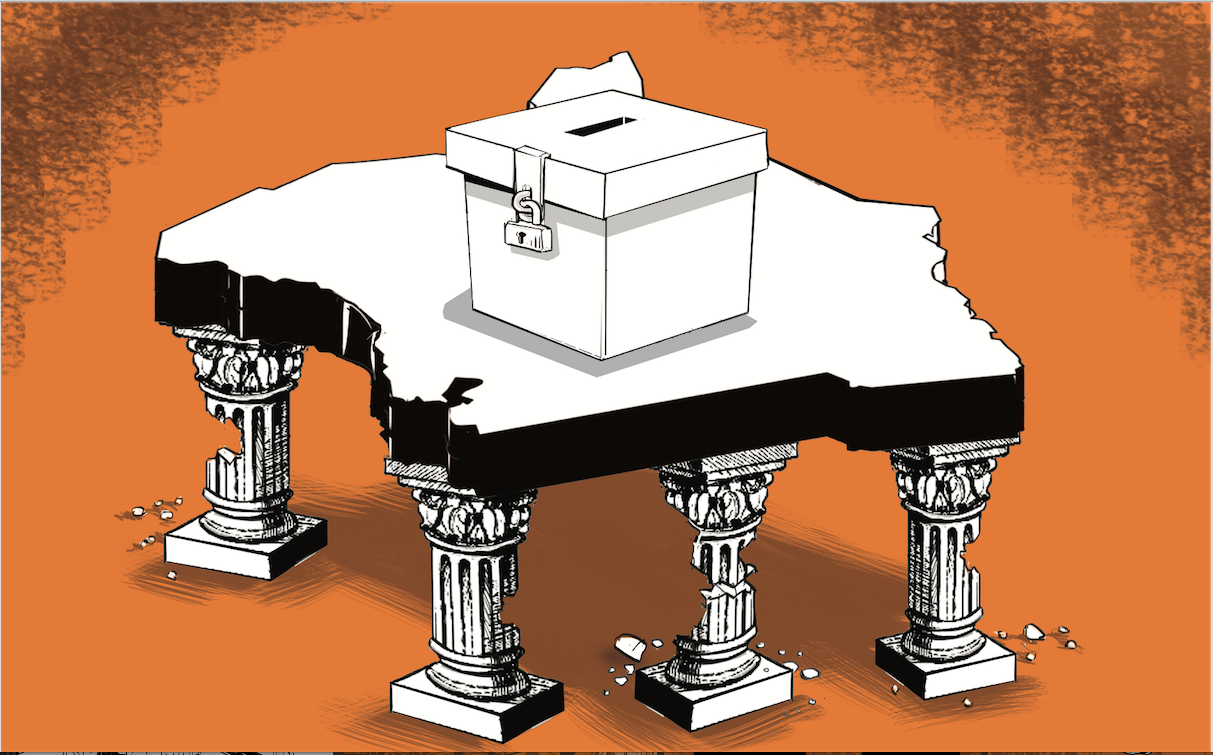

Kenya’s electoral system stands at a crossroads, entangled in a web of legal, political and social challenges that threaten the fairness of the 2027 general election.
The Independent Electoral and Boundaries Commission, tasked with reviewing constituency boundaries under Article 89 of the constitution, faces a crisis: a missed March 2024 deadline, a contested 2019 census, and a Supreme Court advisory sought on July 18, 2025. Article 89(4), requiring new boundaries to be set 12 months before an election (by August 2026 for 2027), adds urgency.
To resolve this, I propose splitting the IEBC into an Electoral Commission and a Boundaries Commission via a referendum, deferring boundary changes to 2032, and conducting a mini-census in 2025-2026 to guide planning.
The history of boundary reviews in Kenya is fraught with difficulty. The Interim Independent Boundaries Review Commission, formed on May 12, 2009, aimed to rectify inequities in the 210 constituencies that fuelled the 2007–2008 post-election violence.
Tasked with creating 80 new constituencies, the IIBRC, led by Andrew Ligale, faced fierce opposition. MPs from Central, Coast and Eastern provinces protested allocations favouring Rift Valley and North Eastern, while a High Court injunction by Justice Jeanne Gacheche halted gazettement for violating constitutional provisions. Internal rifts and a leaked report further crippled the IIBRC, which dissolved in November 2010 without finalising its work.
The IEBC completed the delimitation in March 2012, using the 2009 census (38.6 million population), setting the current 290 constituencies.
Today, the IEBC grapples with similar issues. The 2019 census (47.6 million) is impugned for inaccuracies, particularly in North Eastern, undermining the population quota (~164,137) needed for equitable boundaries.
The missed 2024 deadline, due to the IEBC’s incomplete reconstitution until July 2025, leaves only 13 months to meet Article 89(4)’s deadline. Funding shortages—Sh4.53 billion allocated versus Sh18.83 billion needed—limit consultation and mapping.
Political divisions, echoing 2010 protests, and potential lawsuits under Article 89(10) threaten further delays, risking outdated boundaries for 2027.
My solution is twofold.
First, split the IEBC into an Electoral Commission for elections and a Boundaries Commission for delimitation, funded in the 2028-29 budget, via a referendum under Article 257. This avoids Article 256’s parliamentary conflicts, as MPs have vested interests in preserving constituencies. The referendum would defer boundaries to 2032, ensuring 2027 election uses existing boundaries, reducing strain on the Electoral Commission.
Second, amend the Supreme Court advisory to request a mini-census in 2025-2026, counting only population to inform planning from 2027–2029 and indicate boundary changes. A 2029 comprehensive census would enable a full review by 2031. High Court validation of the mini-census methodology, under Article 165(3)(d), would pre-empt challenges.
There is precedence for a mini census as has been seen when the Kenya National Bureau of Statistics conducted a smaller survey on the Shona community (May–July 2019) since they were a stateless community, leading to positive policy changes, including the granting of citizenship status to eligible Shona people, originally from Zimbabwe and Zambia.
Yet, constitutional hurdles loom. Will the Supreme Court accept a mini-census as valid under Article 89(7)(b)? Can a referendum succeed amidst polarisation? Will courts permit a 2032 deferral? These questions demand answers to ensure electoral fairness and public trust.
It is my submission that boundaries delimitation is a matter for direct determination by the sovereign people of Kenya and should not be left to elected representatives and the IEBC to steer on their own. The results will be devastating since the majority of the representatives, both in parliament and the electoral commission, will not be in office when the impact of their skewed determination comes to the fore.
Social consciousness theorist, a corporate trainer and speaker, and author of ‘The Gigantomachy of Samaismela’ and ‘The Trouble with Kenya: McKenzian Blueprint’















